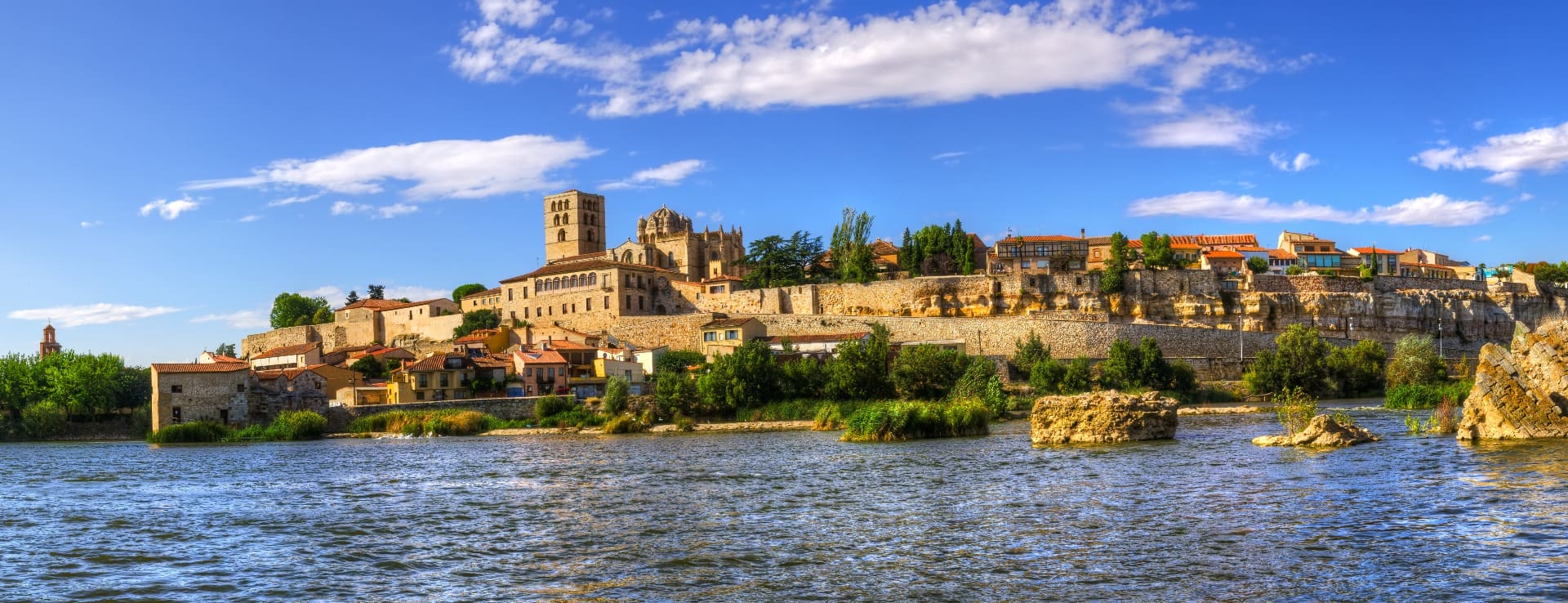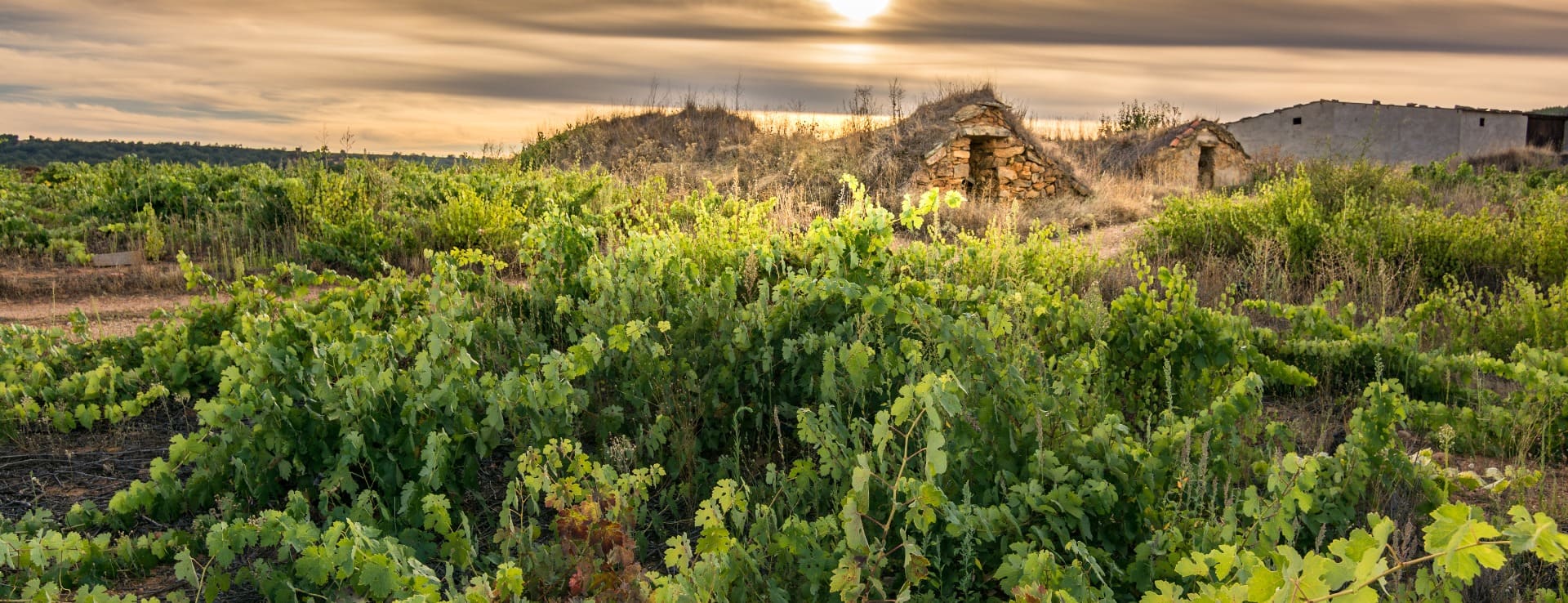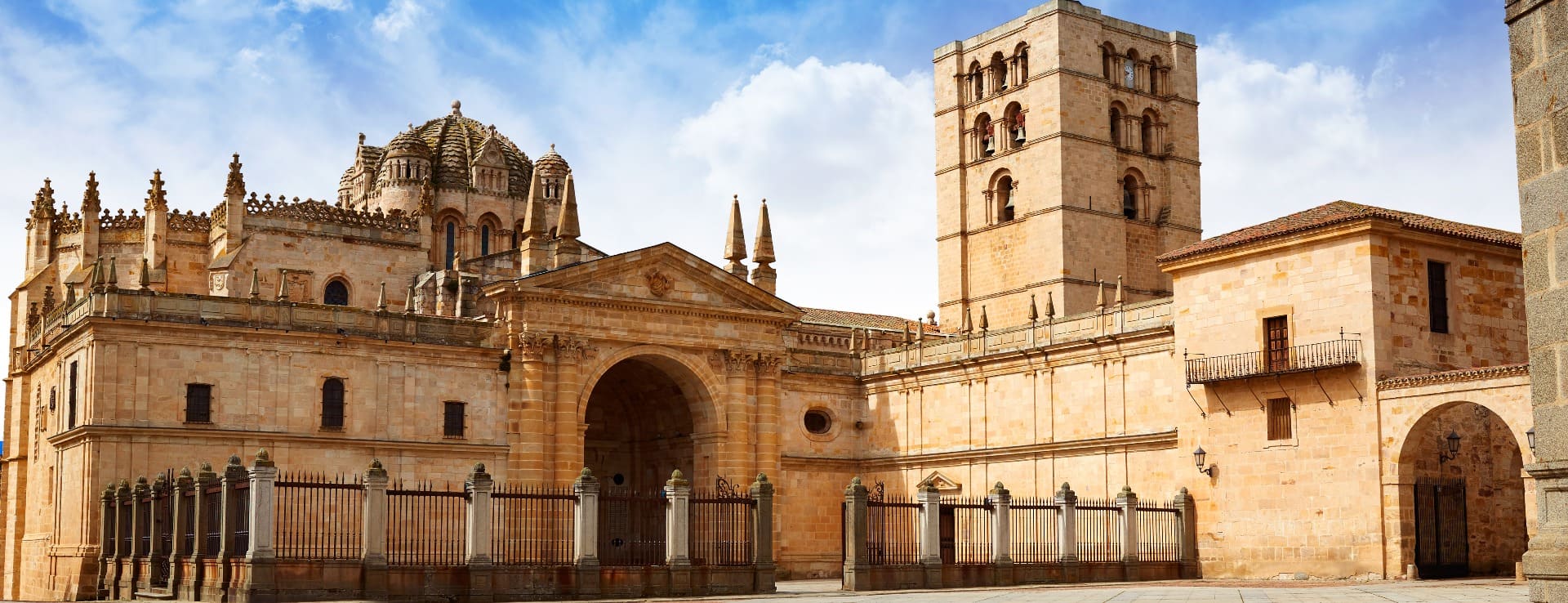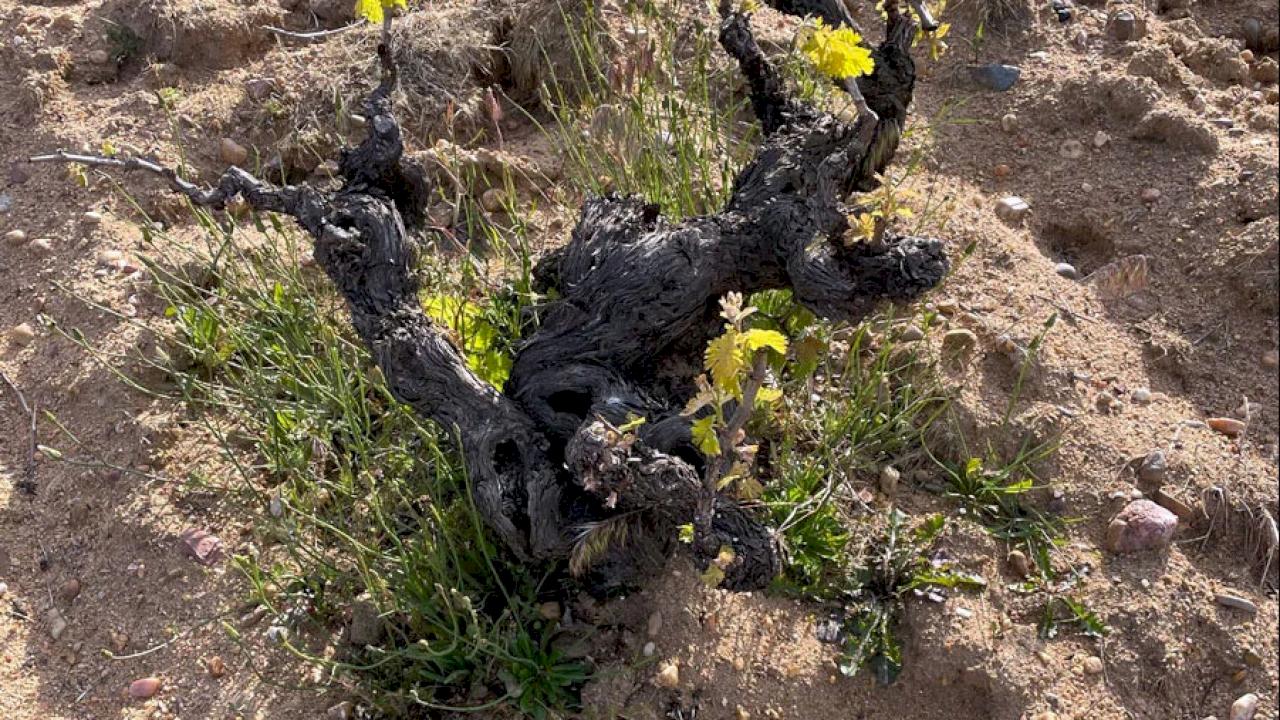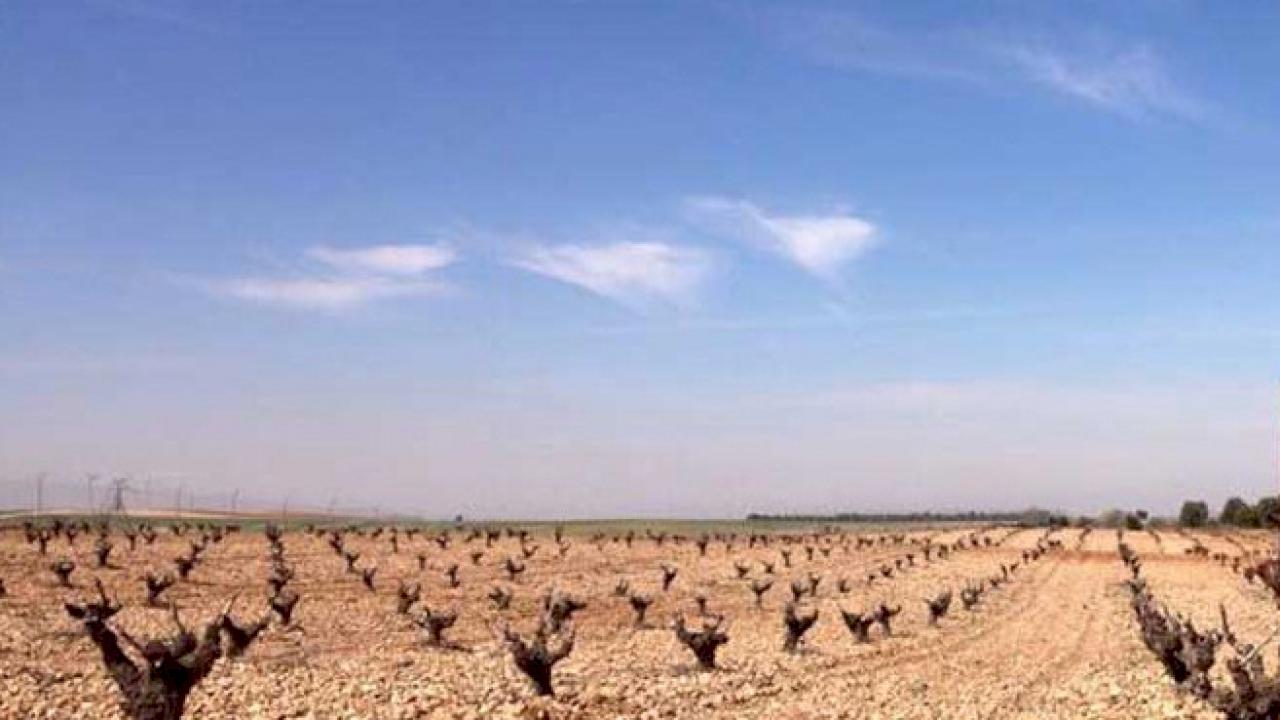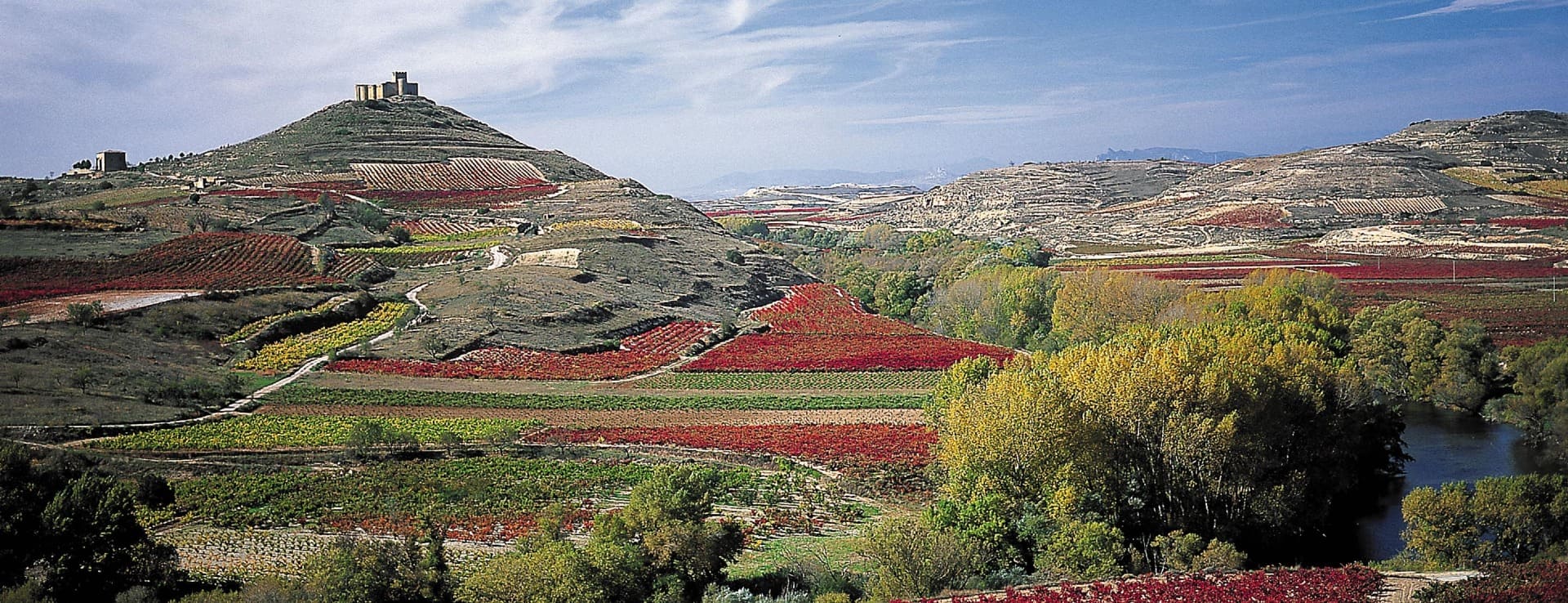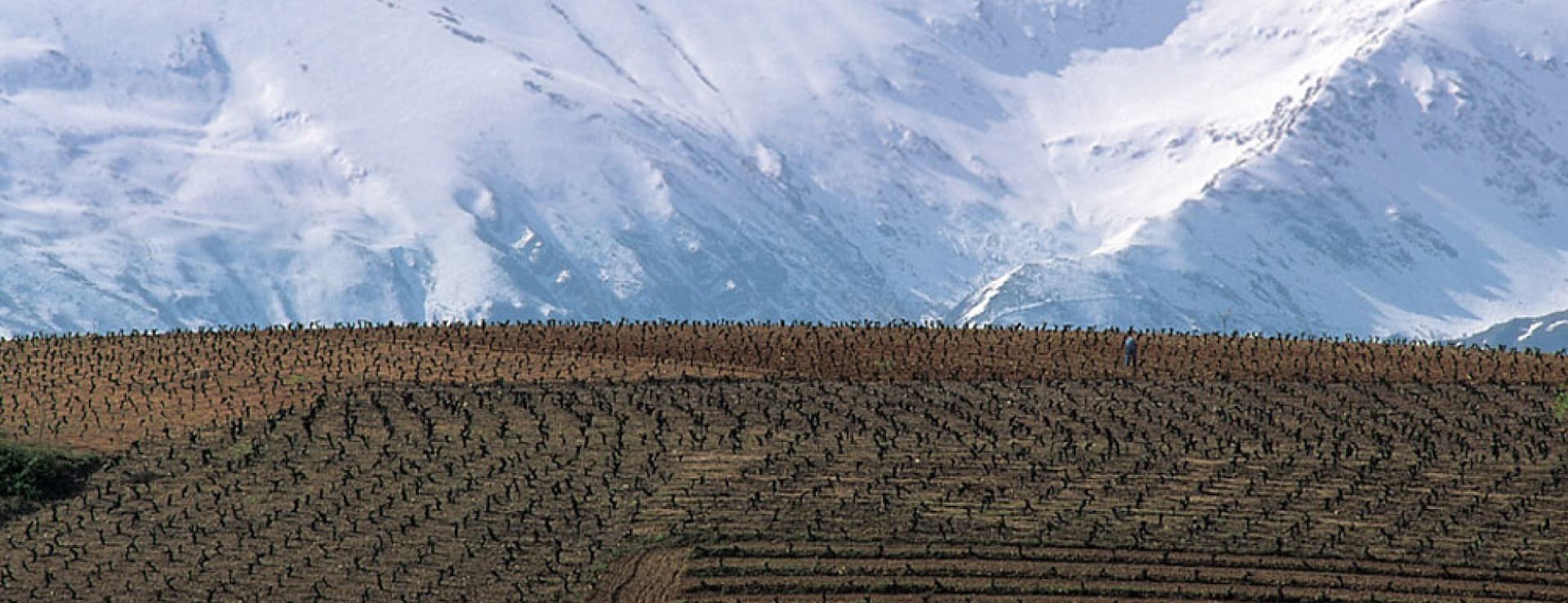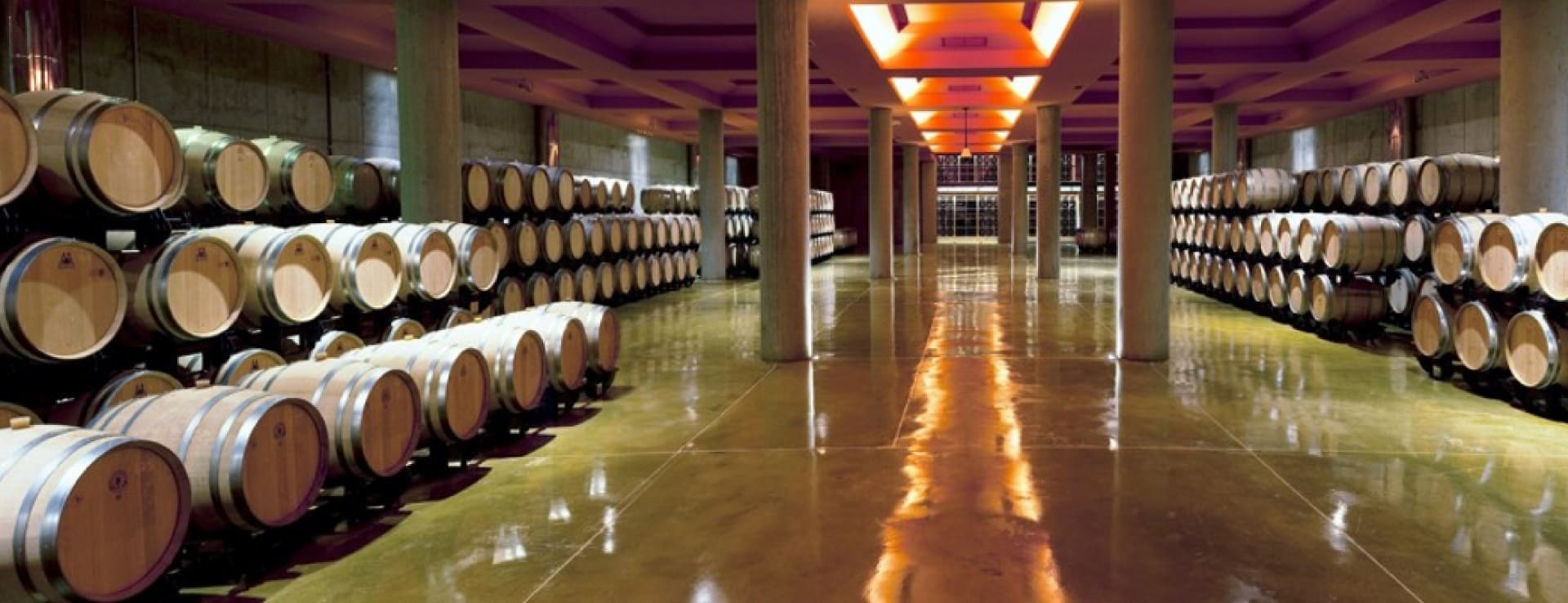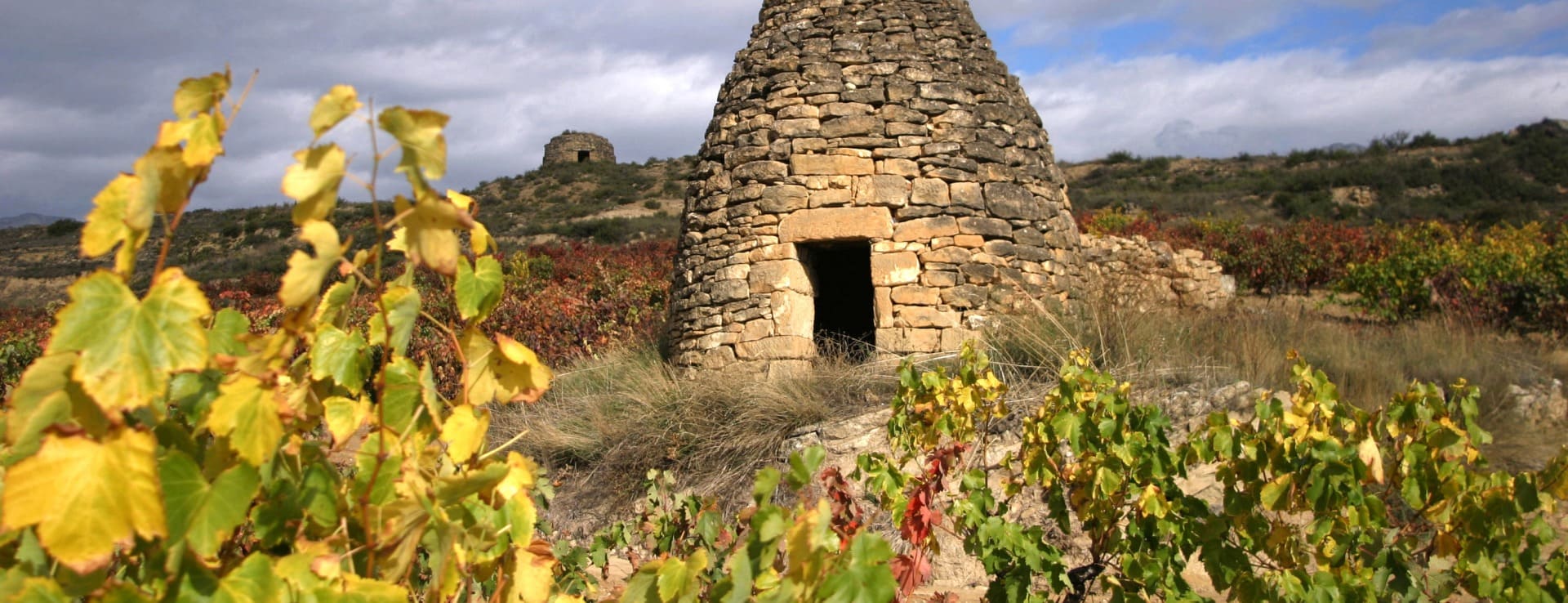Find your winery or vineyard
3 Wineries and Vineyards for sale in Zamora
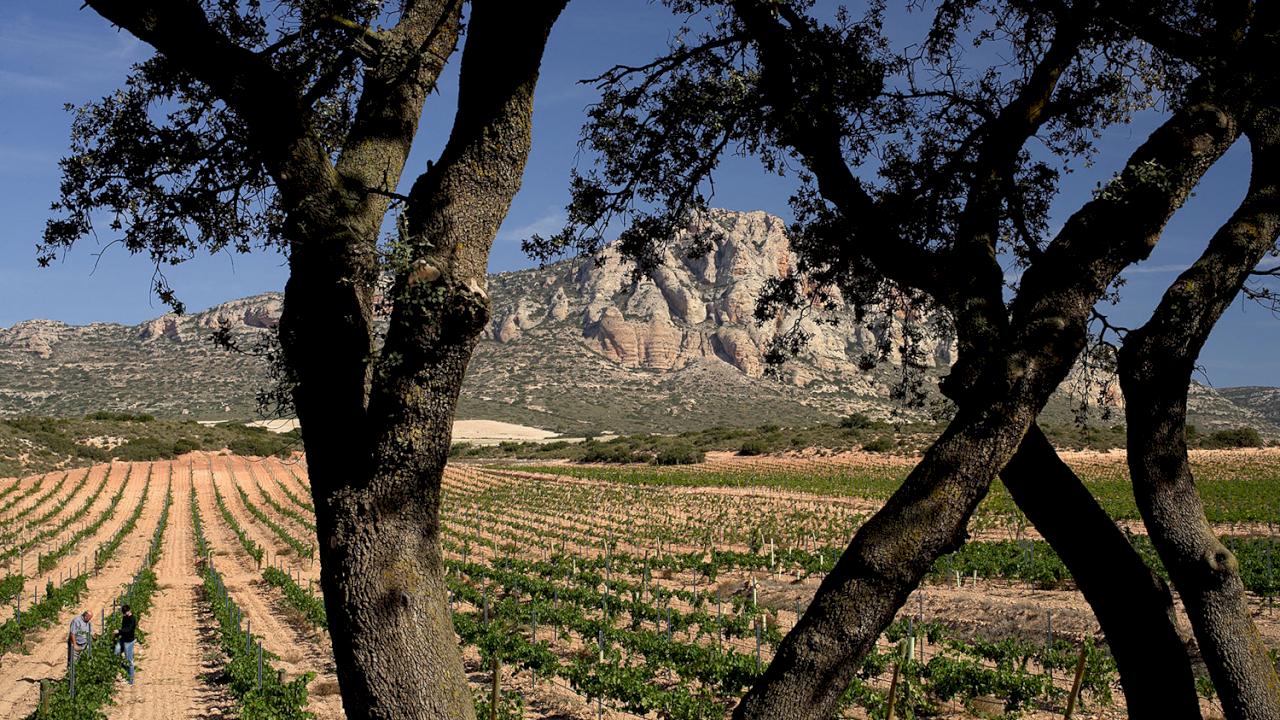
Group of wineries for sale in several designations of origin.
Group of vintage wineries present in various denominations of origin.
Infographic of the Denomination of Origin
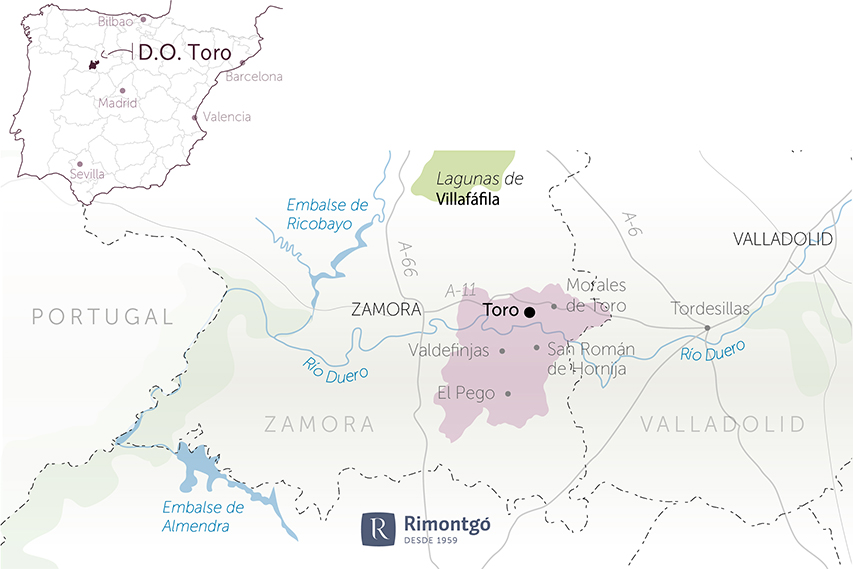
Change to imperial units (ft2, ac, °F)Change to international units (m2, h, °C)
D.O. year of foundation:
1987
Number of wineries (2017):
61
Total surface area:
5.550 ha13.714 ac
Maximum production allowed:
6.000 kg/ha5.353 lb/ac
Altitude of the vineyards:
Min: 650m
Max: 825m
Min: 2.133ft
Max: 2.707ft
Temperature:
Min: -10º
Max: 40º
Min: 14°F
Max: 104°F
Yearly hours of sun:
2.800
Yearly rainfall:
350 l/m233 l/ft2
Zamora
Zamora's wineries are located to the northwest of Castile and León and the Iberian Peninsula. It is a province bordering León, Valladolid, Salamanca and Galicia, as well as Portugal to the west. It is distributed in 248 municipalities and five judicial districts, where there are numerous wineries for sale, especially in Toro.
HISTORY OF WINE
It was the Benedictine monks who, from France, imported the vines into Zamora. Other monks, the Cistercians, brought the Tempranillo grape, present in Ribera del Duero, Toro and Rioja, as well as the Sauvignon Blanc from Rueda. The wineries of Zamora, together with León, would be the most prosperous during the Middle Ages. It is a historic and monumental city, which between the 12th and 16th centuries was the headquarters for the celebration of the Court. Its wines enjoyed royal privileges.
The municipality of Toro is one of the most important in terms of wine production. The subsoil of the town hides the existence of more than 300 underground cellars. The wine of Toro was the one that Christopher Columbus carried in the holds of his ships during the discovery of America. Its value lies mainly in its graduation and corpulence, which make it long-lasting for overseas travel. In the 19th century, with the arrival of the phylloxera in Europe, Toro exported large quantities to France.
As the market demanded finer and more elegant wines in the 20th century, things became more complicated for the Zamora wineries. Observing this reality, a pioneer of the area, Manuel Fariña, began to promote the first major change in the area: the advance of the grape harvest season in almost a month. The idea was to collect the grapes at the optimum moment of ripeness while reducing their alcohol content. Finally, in 1987, the Toro Designation of Origin was approved, where the wines have a very singular flavour. It is an area of wineries with historical prestige, but also with a future.
WINES AND WINERIES
In Castile and León we find many Designations of Origin of great reputation, and several are located in Zamora. This is the case of the DO Toro, the DO Arribes or the DO Tierra del Vino of Zamora. Rimontgó has wineries for sale in several of these areas.
Among the Zamora wineries are famous Bodegas Fariña, Bodegas Valbusenda (hotel and wine tourism complex), Finca Estancia Piedra (belonging to a Scot), Bodegas Pagos del Rey (Felix Solís group), Bodegas Pintia (Vega Sicilia group), Bodegas Maurodos (oenologist Mariano García), Bodegas Campo Eliseo (François Lurton and Michel Rolland), Covitoro (the cooperative), Dominio del Bendito, Bodegas Elías Mora, Teso de la Monja (Eguren family), Bodegas Numanthia (LVMH group), Bodegas Muruve (Grupo Frutos Villar), Bodegas Anzil (Grupo Palacio), Bodegas Gil Luna, Bodegas Vega Sauco, Bodegas Coral Duero, Bodegas Palacio de Villachica, Bodega Cyan (Matarromera group), Bodegas Quintaquietud, Bodegas Rejadorada, Bodegas Vocarraje or Bodegas Vetus.
POINTS OF INTEREST
Zamora, a land of wineries, has a rich landscape, which is reflected in the Sanabria Lake Natural Park. On the cultural side, the province is part of several Jacobean Routes, among them the famous Via de la Plata. The heritage of towns such as Toro and Benavente is worth a visit, as well as Zamora, the capital that is famous for its Romanesque art. Among the celebrations, its Holy Week stands out, especially that of Bercianos de Aliste, and the Pasión Zamorana, declared a Festival of International Tourist Interest. When visiting the province, it is worth tasting its gastronomy, where Zamorano cheese and Aliste veal take centre stage.
D.O./Valle (wine regions)
Discover more wineries and vineyards for sale in these wine regions in Spain
Subscribe to our mailing list to receive news about wineries and vineyards.

